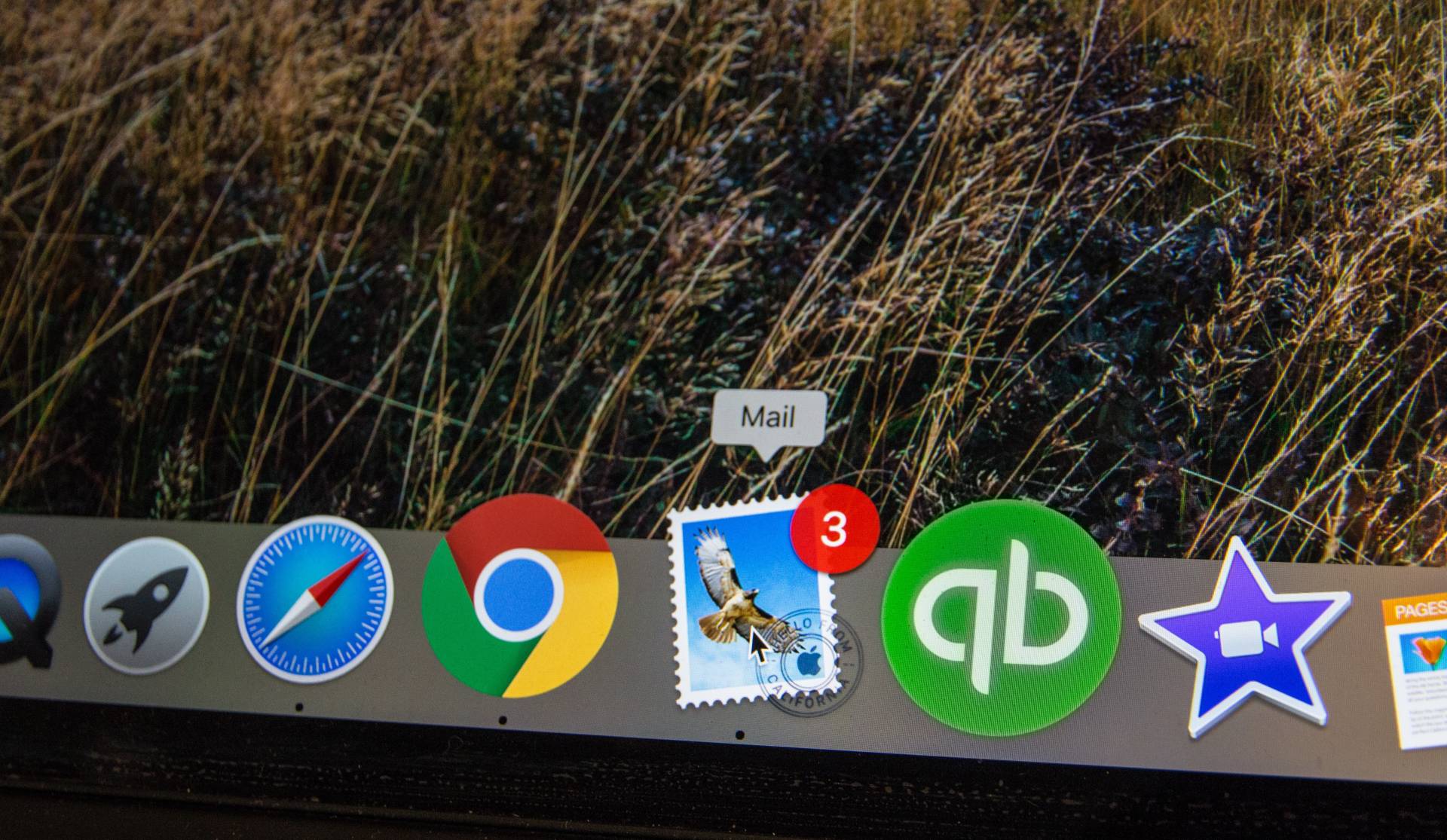Communicating effectively in digital marketing is highly important to create and maintain strong connections with users, stakeholders, and customers. Email outreach has become increasingly vital within professional channel knowledge. But, messages that arrive via email have the tendency of winding up lost in spam folders.
Thus, we shall explore tried-and-true email marketing strategies here in this blog to assist you in your quest for email safety – ensuring your vitally needed communication get through any unwanted obstacles presented by unwarranted emails labeled as spam.
1. Authenticate Your Emails with SPF, DKIM, and DMARC
The use of email authentication protocols, like Sender Policy Framework (SPF), DomainKeys Identified Mail (DKIM), and Domain-based Message Authentication, Reporting, and Conformance (DMARC), can ensure the validity of your emails.
SPF establishes which sources can legitimately dispatch emails in your domain’s name. DKIM adds a signature that verifies the communication has not been tampered with during transit. Additionally, DMARC also safeguards the mail by providing guidance to receiving servers when such checks cannot be completed successfully.
2. Build a Quality Email List
If you don’t want your emails flagging as spam, take steps to limit interactions with an unresponsive or inattentive audience. Prioritize list growth and quality by enticing potential address holders to opt-in for communications from you while also providing a prompt means of unsubscribing.
Keep lists current and up-to-date by crossing out those addresses that bounce back. Or are stuck untouched on the inactive roster. In turn, better email deliverability chances come with smaller audiences that put a dependency on interaction and engagement.
3. Personalize Your Emails
By targeting emails to specific individuals based on their interests and habits, you will be able to create a deeper connection with your recipients.
Personalizing messages with the recipient’s name is key. It shows that extra effort has been made in crafting content tailored toward the individual, more accurately communicating ideas and preventing unnecessary spam reports from being triggered.
A focused approach through email segmentation can have an indisputable effect on one’s success rate through this type of communication.
4. Monitor Email Sending Frequency
Another thing, send emails in smaller batches and with space apart. Think about how users normally engage with their personal or work email. Then, make attempts to match this behavior with your communication.
Keep an eye on the frequency of your emails – too many can actually set off spam filters. Analyze user engagement patterns to determine when is the most appropriate time for your messaging.
5. Craft Engaging and Valuable Content
Adding helpful and interesting content to your emails not only captures your readers’ attention but also really helps establish you as a reliable source.
You don’t want poorly worded messages, with many capital letters, or words in the subject line. It will likely be deceptive and will surely be filtered into spam by automated systems.
Providing a combination of practical advice, useful offers and appropriate CTAs (calls to action) should keep the audience satisfied.
6. Test Emails Before Sending
Testing emails before initiating an email campaign is a must. Doing so will allow you to recognize any possible roadblocks and ensure the best reach of your message by taking into consideration different varying outputs from email clients associated with differing spam filtering restraints.
Making necessary changes or tweaks during this process can enhance the probability that your emails will actually make their way into the intended recipient’s mailbox.
7. Provide a Clear and Visible Unsubscribe Option
Providing an easily visible unsubscribe option in your email communications is one necessary thing when talking about legal considerations as well as avoiding spam complaints. This is because, when users feel frustrated and are unable to find a way out, they tend to label their emails as spam.
To avoid this frequent occurrence and need satisfaction of user needs, make sure that the method for opting-out information is clearly displayed in the immediate view.
8. Avoid Attachments and Use Proper Hyperlinks
Try to avoid including attachments in emails sent from unknown sources as they can be flagged by spam filters. Instead, you should use legitimate and relevant hyperlinks. These point the recipient toward specific downloads/content stored on your website or a cloud storage service.
Make sure that these hyperlinks appear authentic. Misleading or suspicious links can unwittingly make your emails appear to be unsafe and result in them being marked as spam.
Conclusion
Effective email communication is arguably the most important tool in a digital marketing’s competitive landscape. If one implements strategies such as email authentication, list management, personalization, content relevance, and regular monitoring of emails, it can help build up that sender’s positive reputation guaranteeing their important messages get delivered when needed instead of their email flagging as spam. A strong email strategy not only enhances communications but also helps foster meaningful relationships with users and clients alike.













